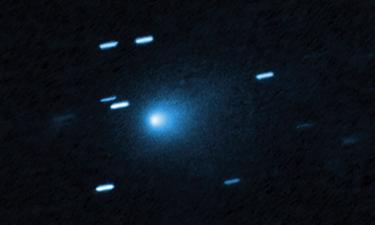Scientists to clone a mammoth
Steven Spielberg's Jurassic Park is coming true!
The idea to give another life to the biggest mammal on the planet came about long ago. The population of mammoths was very large 3700 years ago, when the species died out. It is easier to find remnants of a mammoth than those of a saber-toothed tiger, although it lived after all mammoths went extinct>b>Steven Spielberg's Jurassic Park is coming true.
The idea to give another life to the biggest mammal on the planet came about long ago. The population of mammoths was very large 3700 years ago, when the species died out. It is easier to find remnants of a mammoth than those of a saber-toothed tiger, although it lived after all mammoths went extinct
Furthermore, almost the Arctic climate in the north of Siberia has been lasting for ten thousand years, which allows to hope that the soil has not been defrozen deeply. These two factors – the large population of the species and the cold environment will considerably ease the genetic reconstruction of a mammoth.
However, previous findings have shown that it is very difficult to the genetic material necessary for cloning. We have to say here that the majority of specialists treat this idea sarcastically. Biologist Ross MacPhee from the mammoth department of the National Historic Museum of the USA believes that the idea is simply a fantasy. The fantasy’s followers did not give up, and their time has finally arrived. A group of Russian and Japanese scientists arrived in the republic of Yakutia to dig for remnants of extinct animals for their further cloning.
This is the first stage of the ambitious project, the final result of which will be the creation of a gigantic Siberian safari, where people would be able to see extinct animals. The participants of the project say that the idea is possible to achieve.
The scientists need to find a DNA sample for cloning a mammoth, and the sample will then be imposed into a cell of the closest relative of the extinct animal. Frozen sperm would be the best for the extraction of a DNA sample, but it will be very difficult to find. The scientists’ goal is to find a mammoth body that was frozen right after it died and stayed under the ground for thousands of years in the never-ending cold.
Ten specialists have already left for the site, where a grave of pre-historic animals has been found. They hope to find DNA samples of a Siberian tiger, steppe lion, gigantic deer, mammoth, and pannose rhinoceros.
Yegor Belous PRAVDA.Ru
Translated by Dmitry Sudakov
Related links:
Subscribe to Pravda.Ru Telegram channel, Facebook, RSS!





